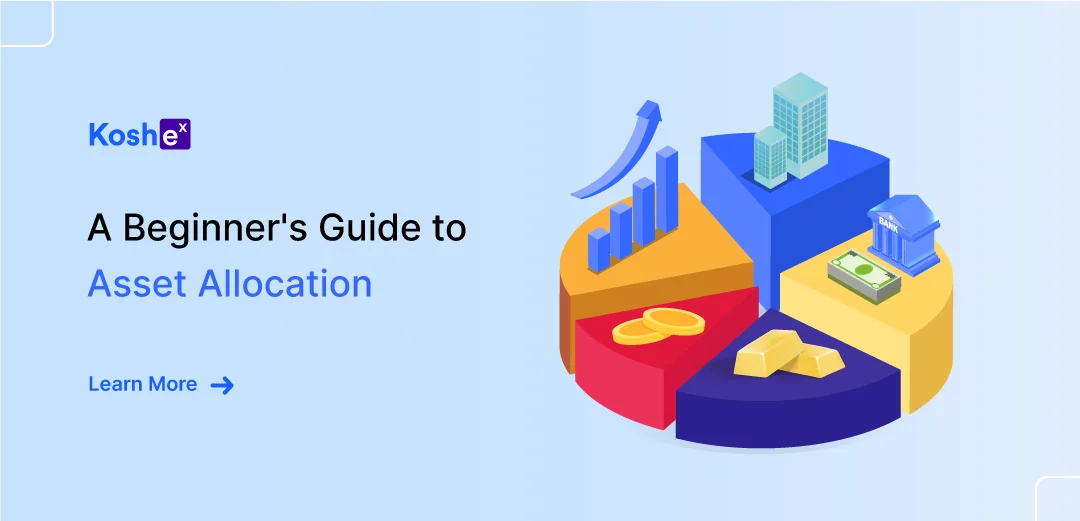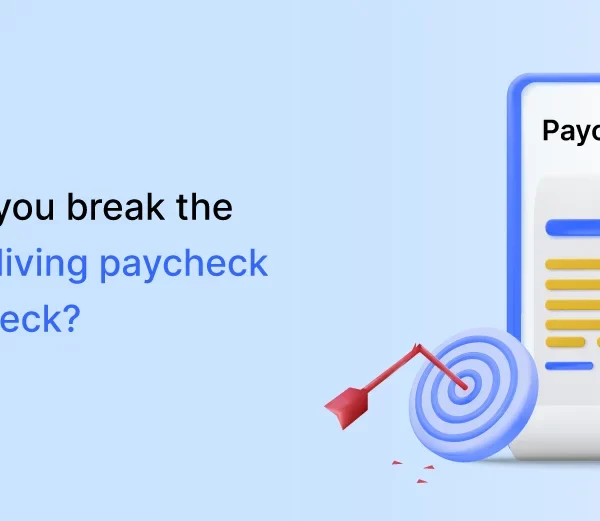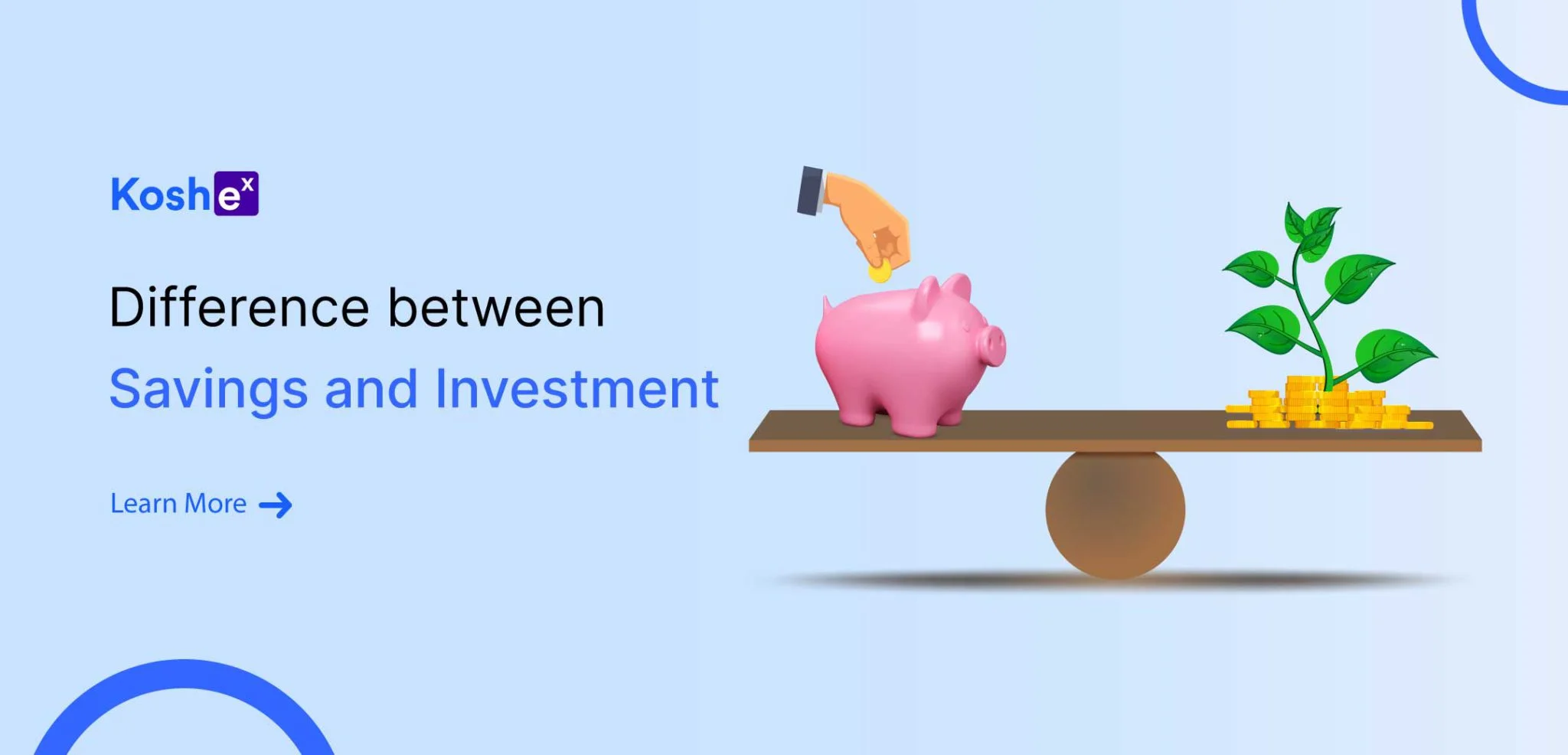If someone asks which is the best nutrient for a healthy diet, there is no single dish or food item that will single-handedly make someone healthy.
You need proteins, carbohydrates, fiber, vitamins, minerals, and fat to stay healthy. The same is true about investments. A balanced diet and a healthy financial portfolio are a mix of everything good in appropriate quantity. A fund manager takes care of this by asset allocation. Let’s understand how.
Asset Allocation – The Concept
Asset allocation refers to dividing investments among different assets, such as stocks, bonds, and cash. It is a personal decision that depends on how long someone wants to invest and the level of risk they can tolerate. For instance, if an investor has set aside Rs.10,000 for investment, they could divide the investment as follows:
| Investment avenue | Investment amount |
| Fixed deposits (FD) | Rs.3000 |
| Mutual funds | Rs.4000 |
| Public Provident Fund (PPF) | Rs.3000 |
Strategic asset allocation helps us reap maximum benefits from our investments.
The Basics of Asset Allocation
Investors should pay attention to three aspects while planning their asset allocation.
Financial Goals
Clear financial goals help in planning one’s savings. The destination we enter while booking a cab allows the driver to take us to the correct location. Similarly, setting financial goals helps in determining the investment amount.
For instance, an investor has set these goals for the next 10 years: buying a house, planning a wedding, and funding a child’s education. The next step would be deciding on an investment amount and calculating how much returns it will yield.
Risk Appetite
In simple words, risk appetite refers to how much you can afford to lose from your initial investment to get more returns. Investors with a high-risk appetite wouldn’t mind putting more money in equity, even if it means losing money when the market fluctuates.
However, someone with a low-risk appetite would prefer fixed deposits as they offer guaranteed returns on investment.
Investment Horizon
If someone plans to buy a car in the next two years, short-term investment avenues will help them save money. On the other hand, an individual investing in a retirement corpus would ideally choose long-term assets.
It is important to know how many months, years, or decades you can continue to invest so that investment assets can be selected accordingly.
How Does Asset Allocation Work?
Here are a few tips to consider while building a diversified portfolio
- Make a list of all short and long-term financial goals. Then roughly assign an amount to each goal.
- Calculate how much money you are left with after meeting all expenses. This disposable income is the amount that can be allocated to different assets.
- Based on the risk profile, disposable income, and investment horizon, identify the possible investment avenues.
- Divide the disposable income into the shortlisted assets to create a diversified portfolio.
- Review and rebalance the portfolio regularly to maintain the asset allocation.
Different Asset Classes
Equity
Equity, as an asset class, carries a high level of investment risk but can potentially deliver good returns. Equity returns are market dependent and show volatility in the short run. Under equity, the following types of investment avenues are usually available –
- Equity sharesThese are stocks that give investors part ownership of a company. If the share price in the stock market increases, it yields returns. Also, a decrease in the share price can cause losses.
- Equity mutual fundsHere the fund manager invests at least 65% of one’s portfolio in equity shares and other equity-oriented assets.
- Equity funds in ULIPsUnit Linked Insurance Plans (ULIPs) are life insurance policies that offer insurance coverage as well as investment returns. These plans work like mutual funds and provide different types of investment funds, including equity funds. Debt Debt represents those instruments that offer a fixed rate of return on investment. Debt instruments have low risks and offer low but stable returns. Common examples of debt instruments include the following –
- Fixed deposits (FD)Under these schemes, investors can deposit a lump sum amount for a fixed period and at a fixed rate. Fixed deposits assure guaranteed returns upon maturity.
- Public Provident Fund (PPF)PPF is a government-approved fixed-income saving scheme where one can invest every year. There is a fixed tenure is 15 years, which can be extended in blocks of five years.
- National Saving Certificate (NSC)NSC is also a fixed-income instrument with guaranteed returns. You can invest once and then get a lump sum benefit on maturity.
- BondsCompanies and governments issue bonds to raise funds. They usually carry a fixed interest rate payable throughout the bond tenure. Bonds are also traded on the stock exchange and can offer liquidity.
- Debt mutual funds Debt funds are those where the majority of investment is directed toward different types of debt instruments.
The bottom line
Asset allocation helps diversify one’s investment portfolio across different types of assets so that the investment risk is mitigated while the return potential is enhanced. Once an investor has set the financial goals, calculated the risk involved, and chosen a timeline for investment, the next step is allocating assets.
Earmarking each investment to a goal can help create a significant tax-efficient corpus for each financial need. Including a variety of asset categories, such as mutual funds, bonds, and cash, can protect investors against substantial losses.
It also helps one meet their financial goals smoothly. During asset allocation, fund managers work on diversifying an investor’s portfolio to minimize investment risks.
At Koshex, we allow advanced algorithms to choose the best investment options. Sign up now with Koshex to invest in a diversified and balanced portfolio.
FAQs
- Which assets help in saving tax? Some tax-saving assets include 5-year fixed deposits, Equity Linked Saving Schemes (ELSS), Unit Linked Insurance Plans (ULIPs), Public Provident Funds (PPF), and National Savings Certificate (NSC).
- What is portfolio rebalancing?With time, as your investments yield returns, the asset allocation might change. Portfolio rebalancing includes rectifying the asset allocation and bringing it back on track by selling some assets and buying others.









Leave a Comment